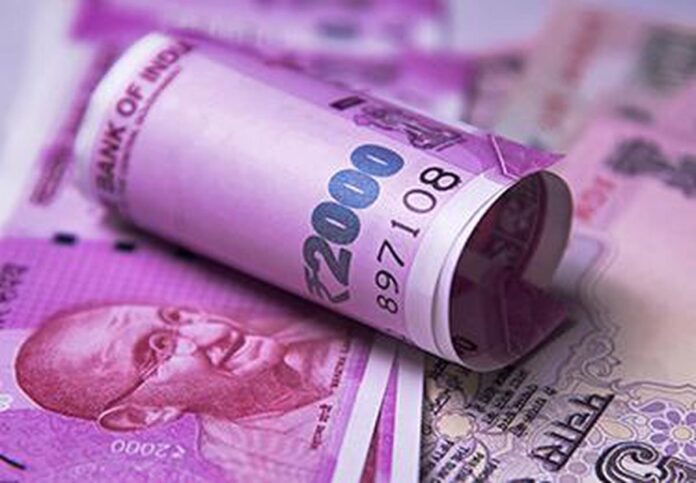If the 2016 demonetisation of high value notes was a blunt instrument laden with political overtones, last month’s (May) decision by the Reserve Bank of India (RBI) to withdraw Rs 2,000 notes from circulation can be considered a well-thought-out targeted strike with a positive economic impact.
By R Jagannathan
In November 2016, the withdrawal of Rs 500 and Rs 1,000 notes impacted large swathes of the cash economy, an economy that was just recovering from two back-to-back years of drought.
Even though the long-term benefits of DeMo have been good — consider how easily we handled a Covid economy with soaring digital payments — there is no denying the medium-term negatives of Demo Ver 1 on the informal economy.
This time around, despite the targeted political criticism, the fallout is the exact opposite: not only is there no perceptible disruption in economic activity, the plus side vastly outweighs the minuses, leaving critics scratching their heads.
In a special report by the economics team of the State Bank of India (SBI), which calls this round of note withdrawal a “precision strike”, there have been four major benefits for the economy.
Of the Rs 3.62 lakh crore of Rs 2,000 notes outstanding, half has already come back into the system. The rest will surely do so by the end of September, the deadline for returns. Here is why the SBI’s Chief Economic Advisor and his team think this has been a great move by the RBI.
First, banks which were facing rising savings mobilisation costs now get a breather and a short-term jump in deposits, as 85 per cent of the Rs 2,000 notes withdrawn have been deposited with banks.
This damps down pressure to raise interest rates, both for corporates and retail borrowers. Despite the central bank’s pause in rate hikes, the pressure has been upward because of the rise in demand for credit, and also an unusual situation this year.
The mega bank merger — HDFC with HDFC Bank — is causing a huge demand for deposits since the merged entity will have boost cash and statutory reserve ratios as soon as the merger is effective, possibly from July this year.
Second, there could also be a repayment boost on loans, as borrowers seek to get rid of their Rs 2,000 cash holdings by the September deadline. Simultaneously, those who have stashed up a lot of those notes under their pillows, may end up spending them to reduce the need to deposit them in their own names.
Third, the SBI report also suggests that the RBI’s Central Bank Digital Currency (CBDC), which is moving towards a retail phase by onboarding many merchants and users, may get a boost as people start using this liquid form of virtual currency to pay for their purchases.
While UPI transactions move money from one user’s bank to the receiver’s bank, the CBDC comes in the form of currency units corresponding to physical currencies. You transact digitally like you do with a physical wallet, with currencies coming in values that correspond to physical notes.
Fourth, the SBI believes that this “precision strike” will boost first quarter GDP growth to 8.1 per cent, with an upward bias.
Given the sheer lack of public panic or uncertainty generated by the decision to withdraw the Rs 2,000 note, this time it seems we have done it just right. Kudos to Governor Shakti Kanta Das and the government which backed his moves.
This article first appeared in www.swarajyamag.com and it belongs to them.












